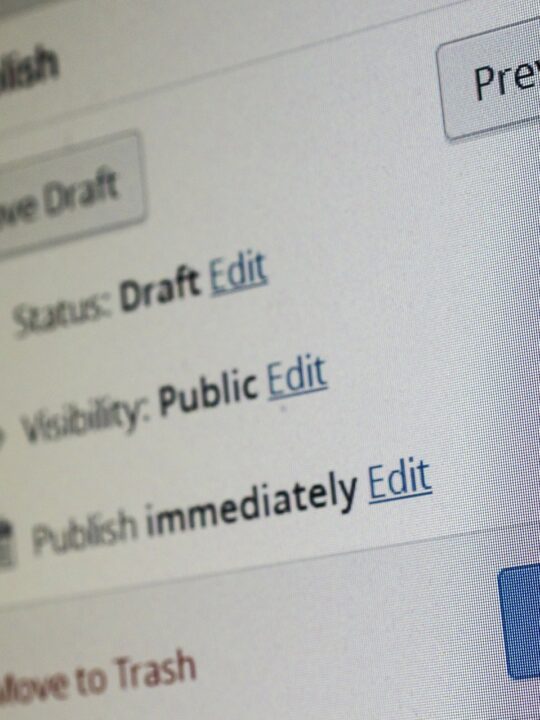 No matter how much social media is being used today, email continues to be the main means of communications for businesses. In fact, a recent study has shown that some 205 billion email messages are sent globally each day. However, email does have some problems associated with it, not in the least that it is an unstructured and uncontrolled means of communication. They do contain a lot of sensitive information, however, which is why it is so important that businesses sign up to a proper email archive tool, and preferably one that is stored on the cloud.
No matter how much social media is being used today, email continues to be the main means of communications for businesses. In fact, a recent study has shown that some 205 billion email messages are sent globally each day. However, email does have some problems associated with it, not in the least that it is an unstructured and uncontrolled means of communication. They do contain a lot of sensitive information, however, which is why it is so important that businesses sign up to a proper email archive tool, and preferably one that is stored on the cloud.
Why You Need a Cloud Email Archive Tool
When you have an email archive off site, such as on the cloud, all details will be stored for you, none of which can be accessed by others. It means that you keep all the details from an email thread together, and they cannot be manipulated. You will always have a full picture from a total conversation to hand. The fact that you can access this through the cloud, which effectively means you can access it from anywhere with an internet connection and the right credentials, is truly beneficial.
Naturally, security is of main concern. After all, your intellectual property is stored in the hands of a third party. Luckily, however, all access has to be authenticated, and all documents are fully encrypted. This means that you never have to worry about others accessing the information. It comes with various search and filter functions as well, which means that you can easily and quickly retrieve all the information you need.
Of course, you do have to make sure that you choose the right solution for you. There are now many different email archiving companies out there and they all say that they offer the best solution. It is important, therefore, that you do your research so that you find the one that is truly the best for you personally.
Key Tips to Find the Best Email Archiving Tools
- Investigate the archiving scope that is offered to you. This will stop you from signing up a program that is actually ineffective. Make sure that the system has the capacity to store and retrieve every element of the email, which includes metadata, copies, attachments, and versions.
- Consider the design of the appliance, including its user friendliness. Make sure that it fits in with the applications you already use as part of your daily workflow. For example, if you use Microsoft Outlook to send emails, then it is important that the system you choose is compatible with that program as well.
- Look at scalability issues. You usually do not get unlimited storage, which is not necessarily a bad thing, as you don’t want to pay anything for things you don’t really need. However, if you find that you need more storage, or less for that matter, you need to be able to request that.
- Ensure it is accessible. You need to be able to access everything in the archive with legitimate credentials from anywhere, whenever you want.







